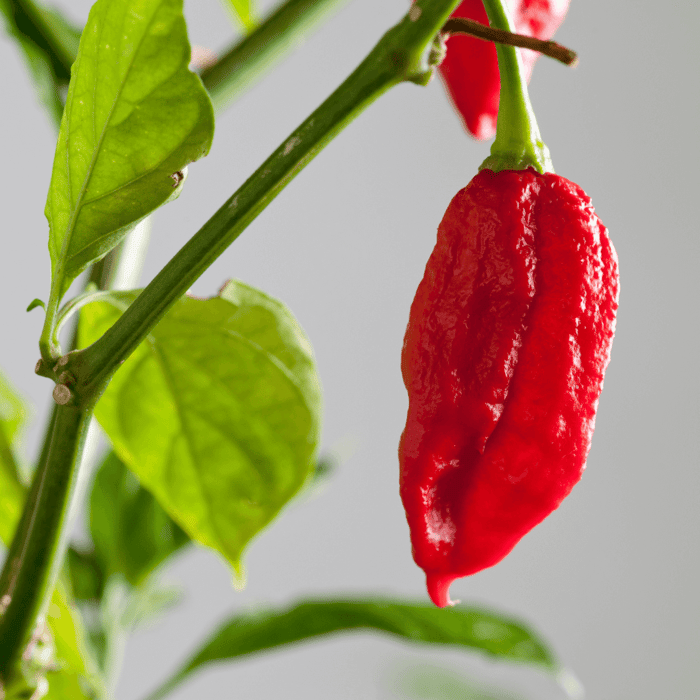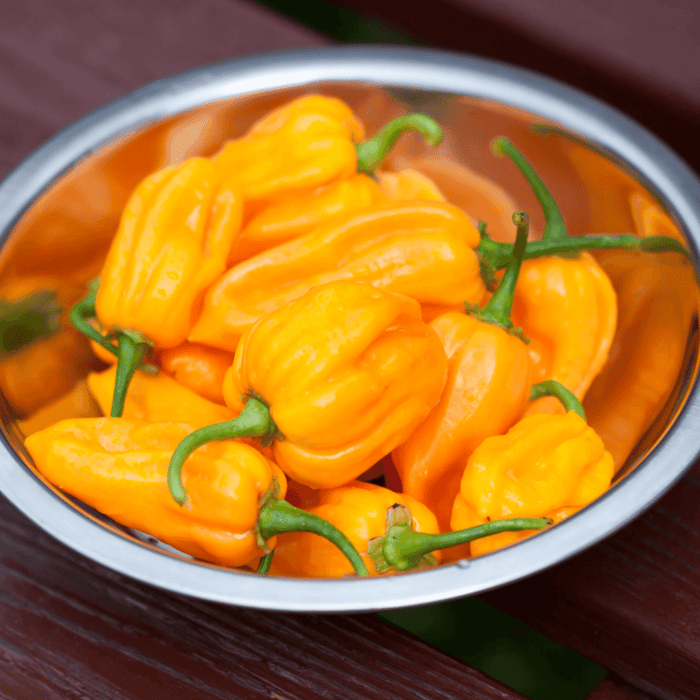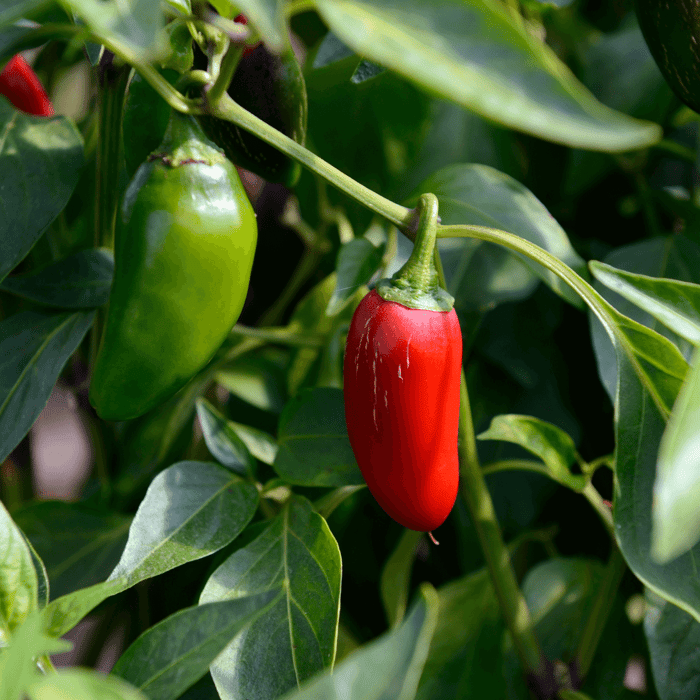Hello, fellow gardeners! My name is Jeena, and I'm an avid gardener who loves exploring the exciting world of hot peppers. One question frequently asked among fellow pepper enthusiasts is are ghost pepper plants poisonous. In this article, we'll dive into the world of ghost peppers, their safety, and how to handle them carefully while examining the potential health benefits and risks of consuming these fiery chili peppers.
Table of Contents
- Introduction to Ghost Peppers
- Capsicum chinense: The Family of Hot Peppers
- How Hot are Ghost Peppers?
- The Culinary Use of Ghost Peppers
- Are Ghost Peppers Toxic?
- Potential Health Benefits and Risks
- Handling and Preparing Ghost Peppers Safely
- Concluding Thoughts
1. Introduction to Ghost Peppers
Ghost peppers, also known as Bhut Jolokia, are among the world's most famous and hottest chili peppers. Originating from Northeast India, these peppers boast a unique flavor profile and intense heat that has captured the attention of spicy food enthusiasts worldwide. Ghost peppers have become increasingly popular in recent years, thanks to various cooking shows, hot sauce challenges, and the never-ending pursuit of the spiciest foods. Growing ghost pepper plants in pepper gardens are becoming increasingly popular too. So, let's learn how to hand them safely!
Ghost Pepper Seeds - Bhut Jolokia
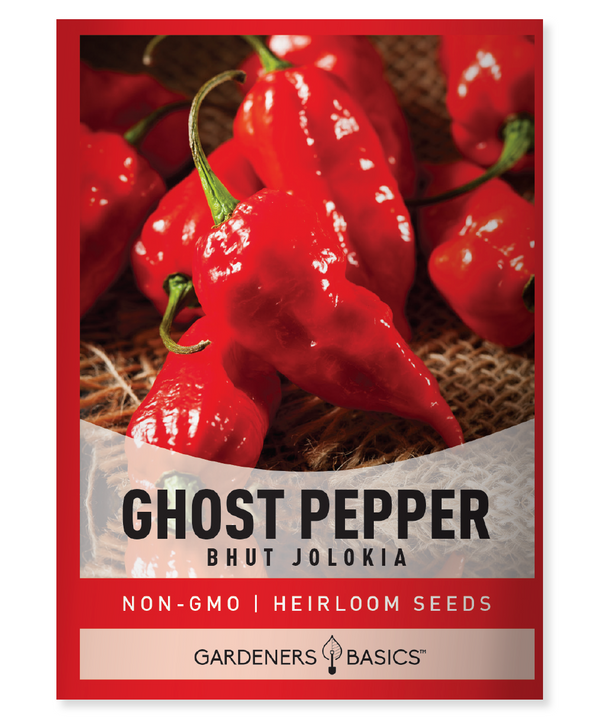
$2.49
Bhut Jolokia Ghost Pepper Seeds for Planting | Super Hot Heirloom Peppers The Bhut Jolokia or Ghost Pepper was rated the spiciest chili in 2007. It has an intense flavor and even more intense heat! CAUTION! Extremely hot pepper! Handle with… read more
2. Capsicum Chinese: The Family of Hot Peppers
Ghost peppers are a part of the Capsicum Chinese family, which includes several super hot pepper varieties. Other members of this family include the Trinidad Scorpion, Carolina Reaper, and the 7 Pot Douglah. These chili peppers are known for their highly high Scoville ratings, a measure of the heat level in chili peppers. Capsicum chinense peppers are typically characterized by their fruity and slightly sweet flavor profiles, making them a popular choice for those seeking a balance of taste and heat.
3. How Hot are Ghost Peppers?
In terms of heat, ghost peppers are no joke. They rank over one million Scoville Heat Units (SHU), up to 400 times hotter than jalapenos. For reference, the heat of chili peppers is measured on the Scoville scale, with higher ratings indicating spicier peppers. Ghost peppers held the title of the world's hottest pepper from 2007 to 2011 but have since been surpassed by even hotter varieties such as the Carolina Reaper and the Trinidad Moruga Scorpion.
4. The Culinary Use of Ghost Peppers
Ghost peppers are often used in small quantities to add heat and flavor to dishes. They can be used in a variety of ways, including:
- Hot sauces
- Salsas
- Marinades
- Dry rubs
- Curries
Ghost peppers should be used sparingly due to their intense heat. Remember that a little goes a long way when experimenting with ghost peppers in your cooking! Additionally, ghost peppers can be used in their dried form, allowing for a longer shelf life and a more concentrated flavor. Dried ghost peppers can be ground into a powder, used as a seasoning, or rehydrated and incorporated into various recipes.
5. Are Ghost Peppers Toxic?
While ghost peppers are scorching, they are not poisonous. The heat from the peppers comes from a compound called capsaicin, responsible for the burning sensation when consumed. Although capsaicin can cause discomfort, it is not toxic and does not cause lasting harm. In fact, capsaicin has been studied for its potential health benefits, which we'll explore in the next section.
6. Potential Health Benefits and Risks
Some potential health benefits of consuming ghost peppers include:
- Improved metabolism: Capsaicin has been shown to increase metabolic rates and promote weight loss by boosting thermogenesis, which is the body's heat production process.
- Pain relief: Capsaicin is a natural pain reliever for joint and muscle pain. It has been used in topical creams and patches to alleviate pain from conditions like arthritis and fibromyalgia.
- Digestive health: Some studies suggest that capsaicin can help improve digestion and gut health by increasing the production of gastric juices and promoting healthy gut bacteria.
However, there are also potential risks associated with consuming ghost peppers:
- Burns and irritation: The capsaicin in ghost peppers can cause skin, eye, and respiratory irritation if not handled properly. Ingesting large amounts of capsaicin can lead to a burning sensation in the mouth and throat, which can be highly uncomfortable.
- Stomach discomfort: Consuming large amounts of capsaicin can lead to stomach pain, cramps, and diarrhea. People with gastrointestinal issues or a sensitivity to spicy foods should cautiously approach ghost peppers.
Hot Pepper Seeds For Planting | 5 Variety Pack
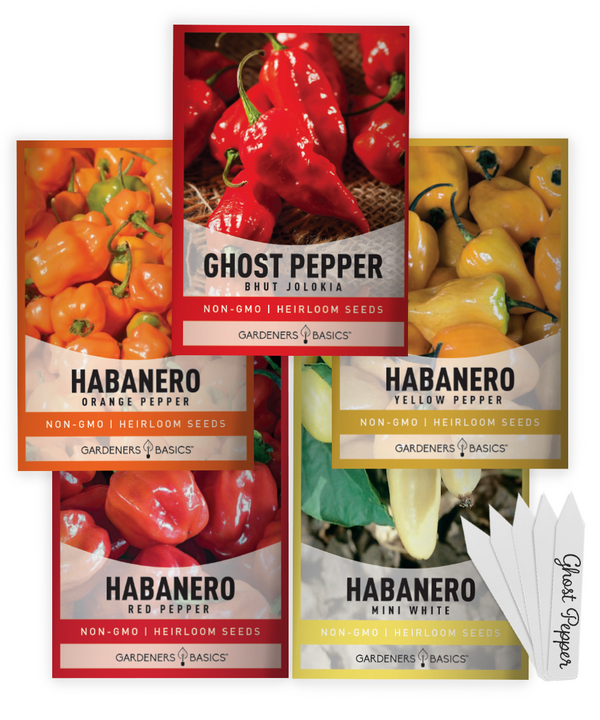
$9.95
Heirloom Hot Pepper Seeds – 5 Variety Pack, Includes Habanero & Ghost Pepper Seeds Spice up your garden with our 5 Hot Pepper Seeds Variety Pack—a must-have for any hot pepper lover or home gardener! This premium collection includes heirloom, non-hybrid,… read more
7. Handling and Preparing Ghost Peppers Safely
When handling and preparing ghost peppers, taking precautions is essential to avoid irritation and burns. Here are some tips for handling ghost peppers safely:
- Wear gloves: Capsaicin can cause skin irritation, so wearing gloves when handling ghost peppers is essential to prevent direct contact with your skin.
- Eye protection: Wearing goggles or glasses can help prevent capsaicin from coming into contact with your eyes, which can cause severe discomfort and a burning sensation.
- Ventilation: Ensure your cooking area is well-ventilated to avoid inhaling capsaicin fumes, which can lead to coughing and difficulty breathing. Opening windows or using an exhaust fan can help dissipate the fumes.
- Wash hands and surfaces: Wash your hands thoroughly with soap and water after handling ghost peppers. Clean surfaces that have come into contact with the peppers to prevent cross-contamination and accidental exposure to capsaicin.
- Start small: When using ghost peppers in your cooking, start with a tiny amount and adjust the heat level according to your tolerance. Remember, adding more heat than taking it away is easier!
- Dairy products: If you struggle with the heat of a ghost pepper dish, consuming dairy products like milk or yogurt can help counteract the burning sensation by binding to the capsaicin and neutralizing its effects.
 8. Concluding Thoughts
8. Concluding Thoughts
Ghost pepper plants, while producing some of the spiciest chili peppers in the world, are not poisonous. The intense heat of ghost peppers comes from the capsaicin compound, which is not toxic. However, handling and consuming these peppers with care is crucial due to their potential to cause irritation and discomfort.
Following proper handling and preparation techniques, you can safely enjoy ghost peppers' unique flavor and heat. So go ahead, spice up your life with these fiery chili peppers in your vegetable garden, and always remember to use caution when dealing with these super hot wonders of the culinary world. As you become more accustomed to their heat, you may find that incorporating ghost peppers into your cooking adds a thrilling dimension to your favorite dishes.



